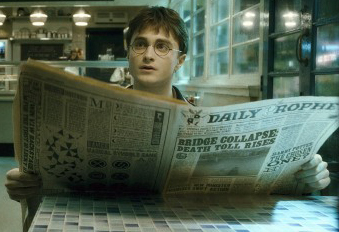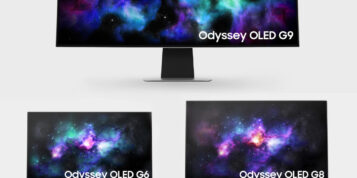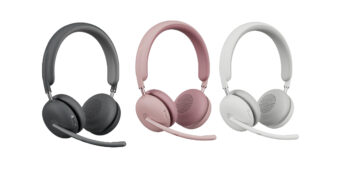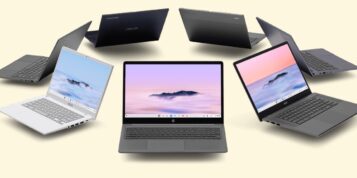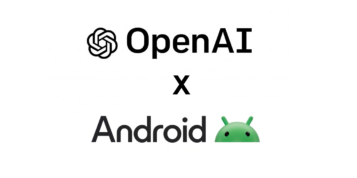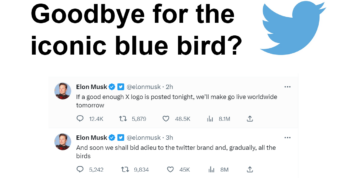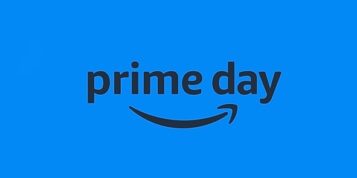A collaboration between UK researchers and printed electronics business Novalia is set to give printed news a radical 21st century user experience – developing an entirely new platform by connecting paper to the internet.
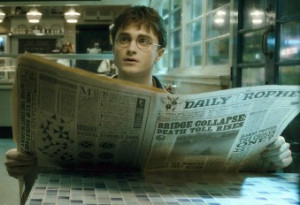
Could the interactive newspaper from Harry Potter become a reality? (property of Warner Bros)
Hollywood has never been short of ideas about what the future of news might look like. We’ve all seen The Daily Prophet in the Harry Potter movies. Turning science fiction into fact, Interactive Newsprint is a new research project led by the School of Journalism, Media and Communication (JoMeC) at UCLan, funded by the Digital Economy (DE) Programme.
Working with technology company Novalia and colleagues from the universities of Dundee and Surrey, the Preston-based project is working on an entirely new platform for community news and information. Readers will be able to touch various parts of the page to activate content ranging from audio reporters to web polls or advertising, for example – all contained within the paper itself. This is part of an emerging trend known as “The Internet of Things”, which involves embedding silicon chips within print and packaging to create entirely new methods of communicating with readers via print media.
In conjunction with Mercury Prize-nominated King Creosote and award-winning band Found, the Interactive Newsprint team are showcasing their work at South-By-Southwest (SXSW) in Austin, Texas – the world’s leading technology festival – with a session on 13th March asking “Can printed electronics save the music industry?”.
“We’re going to debate and show prototypes of how printed electronics could save digital music in the context of connecting communities to record labels and artists,” explains Dr Rogers, head of product design at Dundee University. “Printed electronics is an emerging technology with the potential to change how we interact.”
Paul Egglestone is leading the project based at the School of Journalism, Media and Communication at UCLan in the UK. Speaking about the project as a whole, he said: “We are actively prototyping and testing radically new forms of interaction between people and the internet that have not been seen before. We are connecting people to the internet using paper and adding the potential benefits of some online features like analytic data on user interactions. This is dynamite for the print industry and opens up a whole series of new ways to fund the future of content creation – whether that’s news and information, or, in this case, music”
See the initial prototype in the video below:
